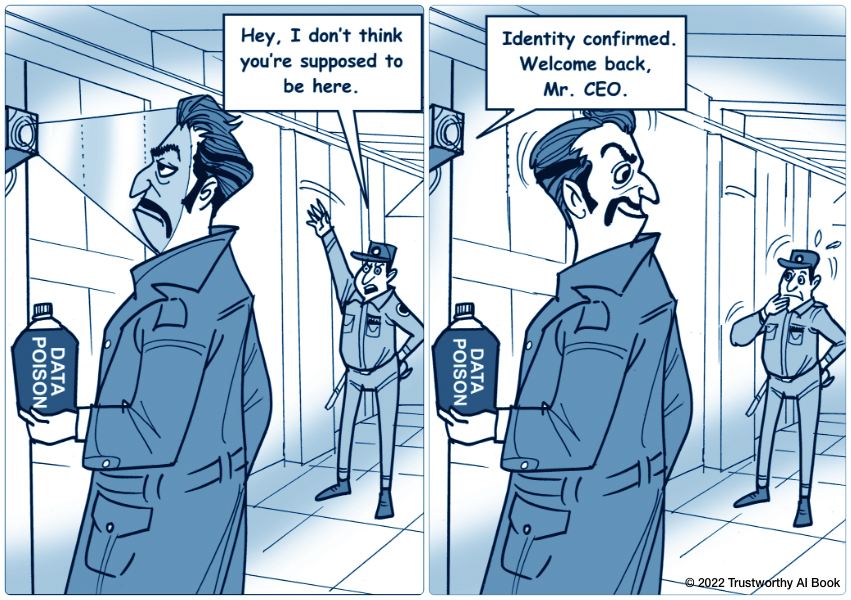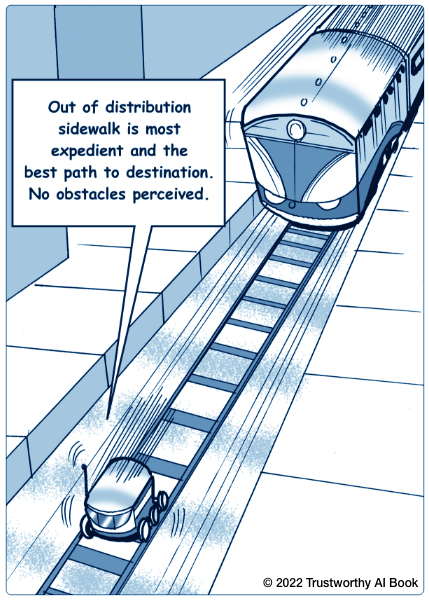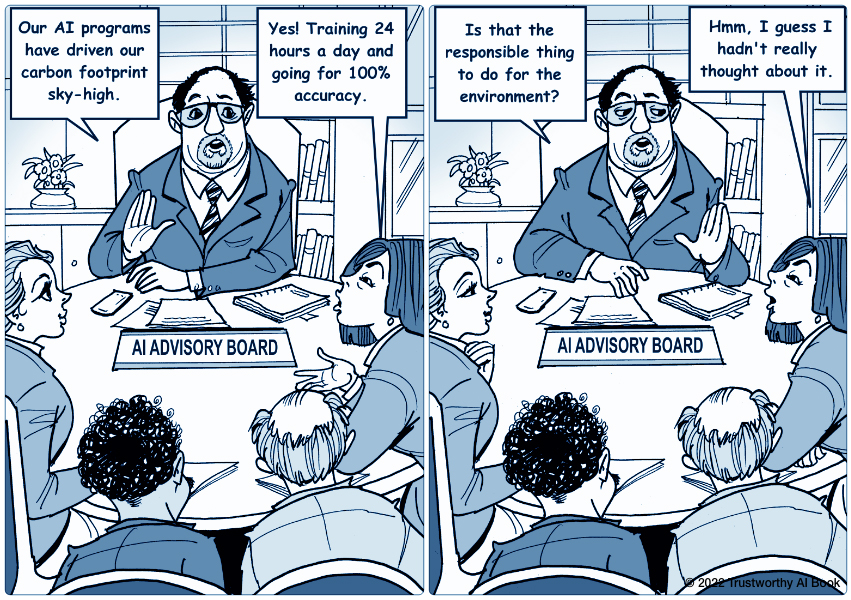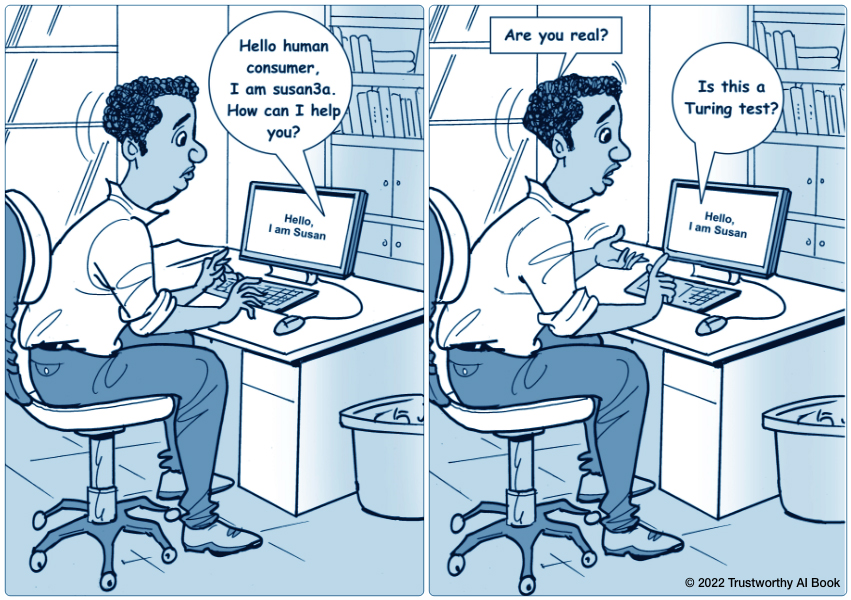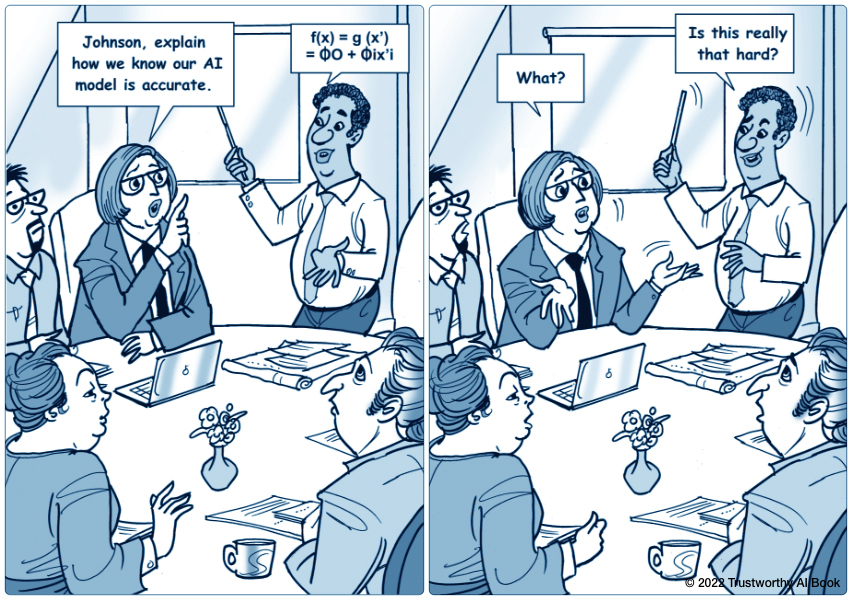Fair and Impartial
As we deploy machines that can perform analysis and even make decisions on our behalf, we require confidence that the machine intelligence is fair and impartial in its outputs. The challenge of course is that AI cannot “think” or “reason.” The onus falls on human stakeholders to probe how an AI functions relative to expectations for fairness and concerns over bias.
